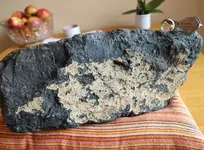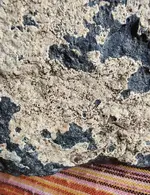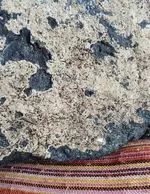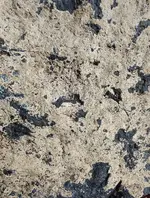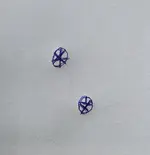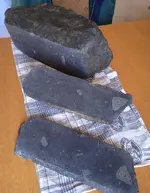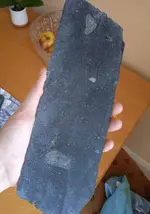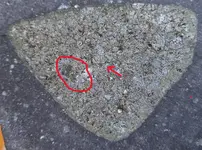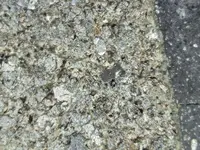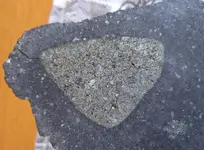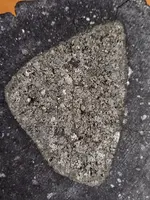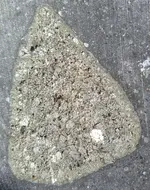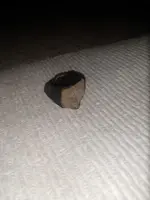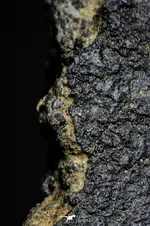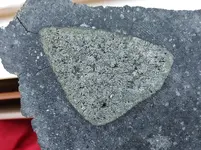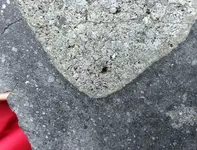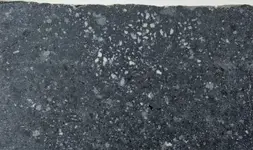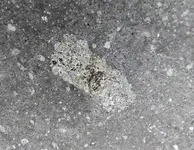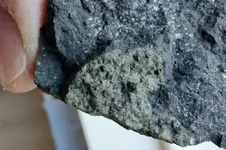“
Inclusions which have a martian look to them”? “
Makelynite inclusion”? (you mean “maskelynite”). And you can tell this just by looking?
Instead of all this fanciful speculation about the possibility of rare classes of meteorite and reliance only on photographs, why don’t you simply send a
sample to an expert laboratory with the appropriate credentials to verify meteorites? With all due respect to the Royal Ontario Museum, there’s only so much that can be said by looking at photographs and, with the exception of specimens having very obvious characteristic features, there ain’t nobody who can verify a meteorite from photographs alone.
I have posted this information a number of times, but New England Meteoritical Services will provide a meteorite verification (or otherwise) at a subsidised price of $30 as part of an educational outreach programme:
http://meteoritetesting.org/Submitting a sample.htm
The fee includes return postage in the USA for the specimen. They accept submissions from outside the US, but you will need to contact them first to agree the additional cost for return postage. They only require a 10-20g sample, which you could cut off with a quality hacksaw (it won’t detract from the value) or by breakage. If you don’t want to cut or break, you will need to contact them first to agree additional return postage costs for a larger specimen. Note that although they will be able to tell you if it is meteoritic (and what class it falls into), they can’t necessarily give a definitive ID for non-meteoritic specimens but they will offer an opinion.
If you have what turns out to be a large achondrite, it’s value will
far outweigh any testing costs. If not (my belief) you’ve only flushed $30+ down the pan.



